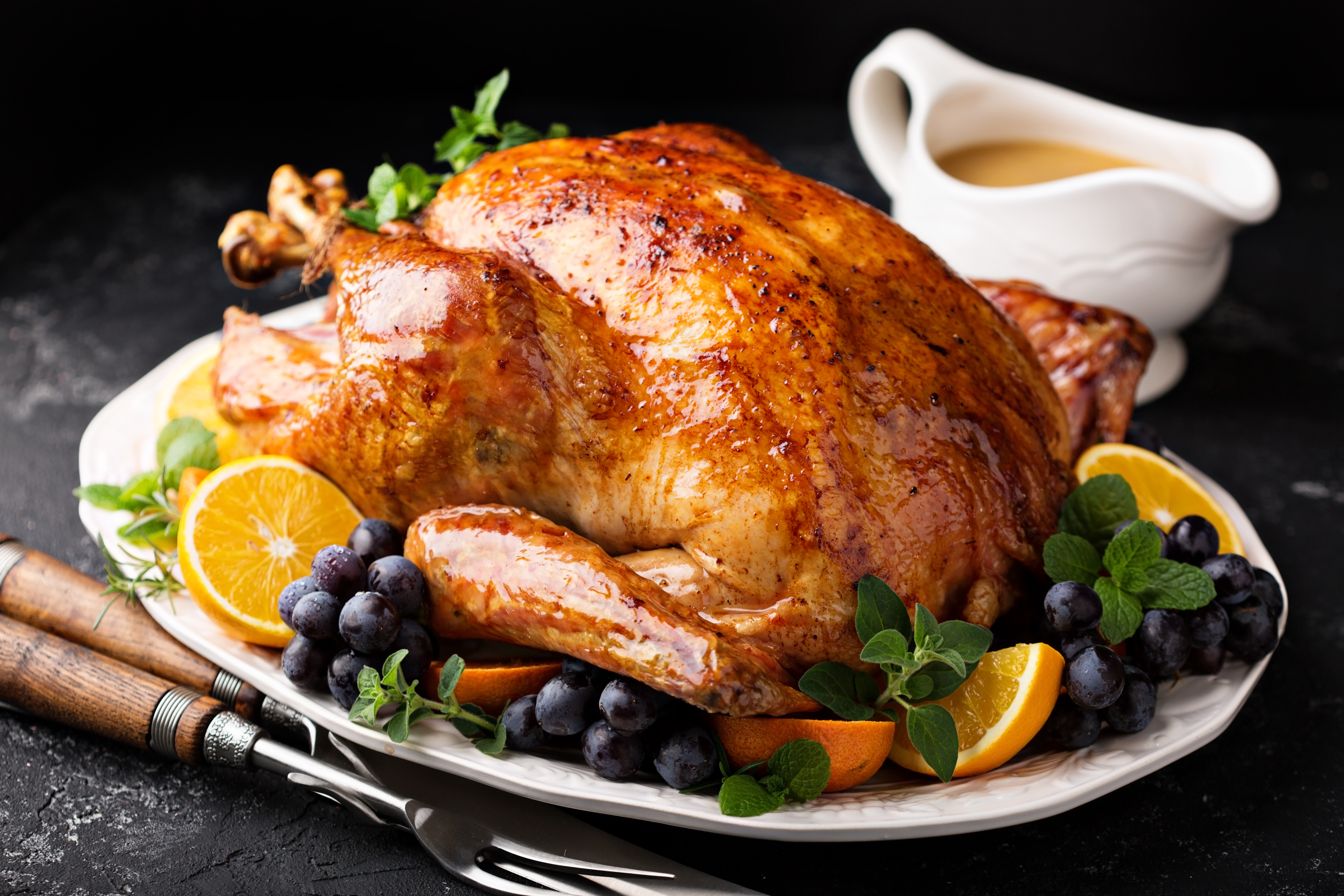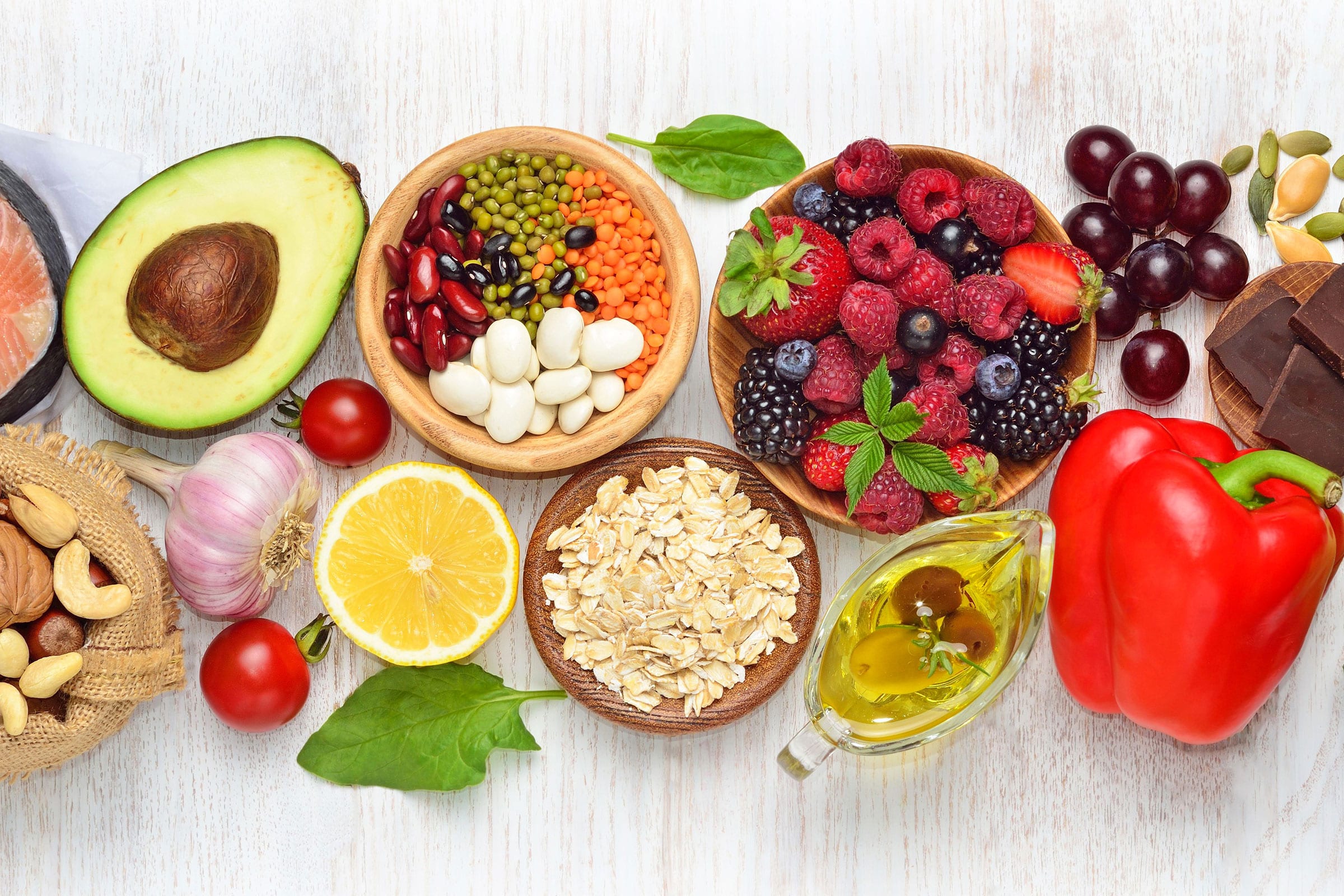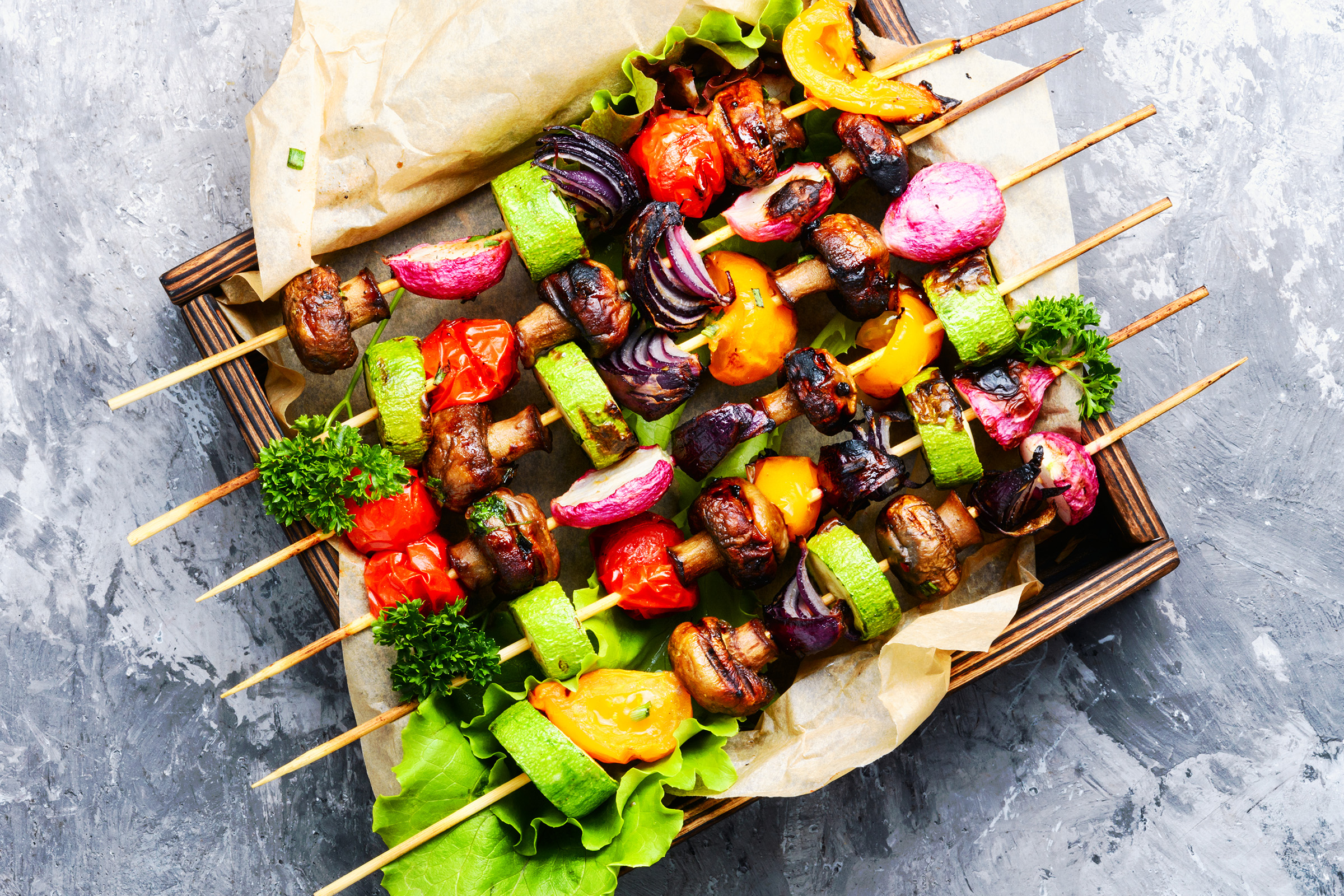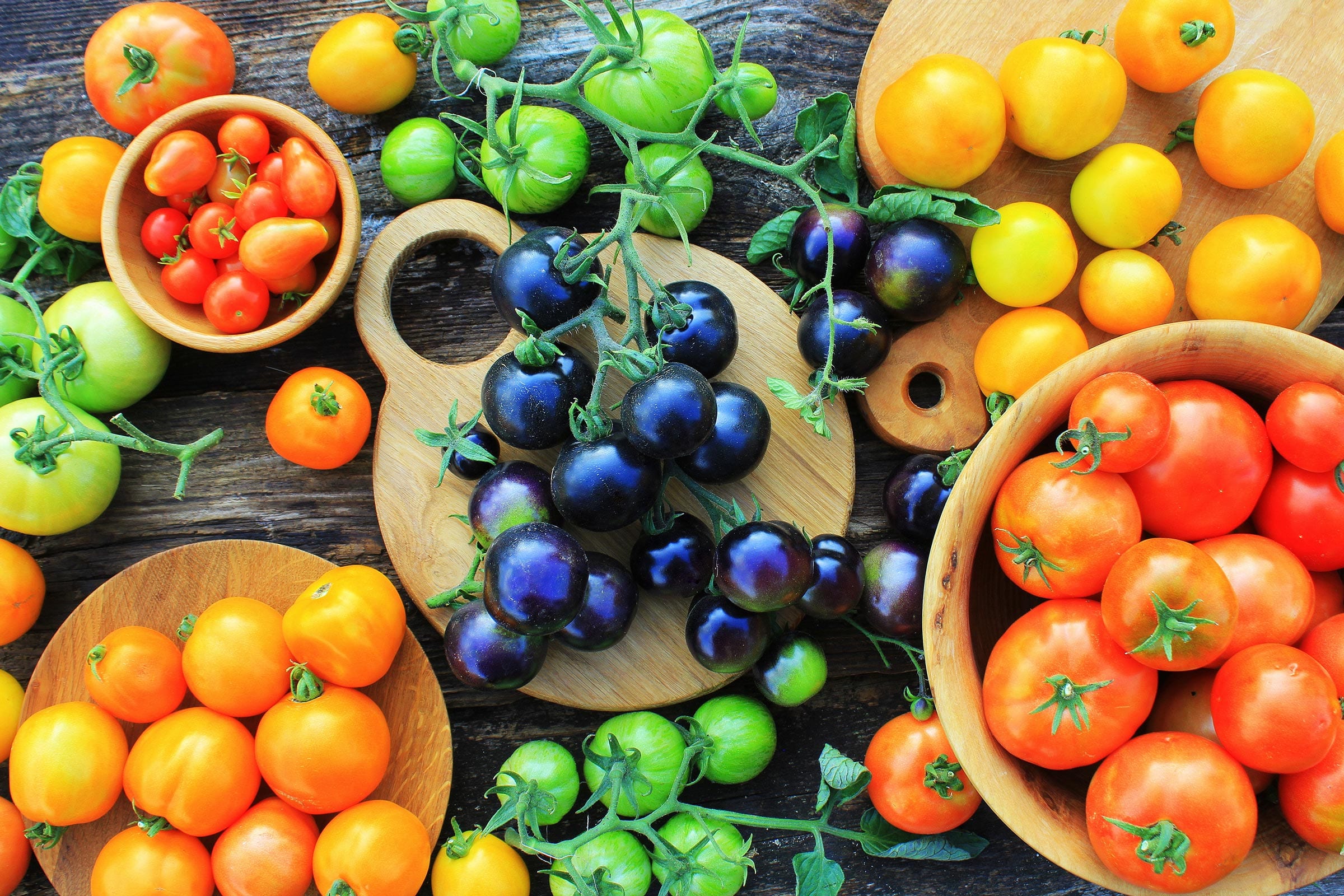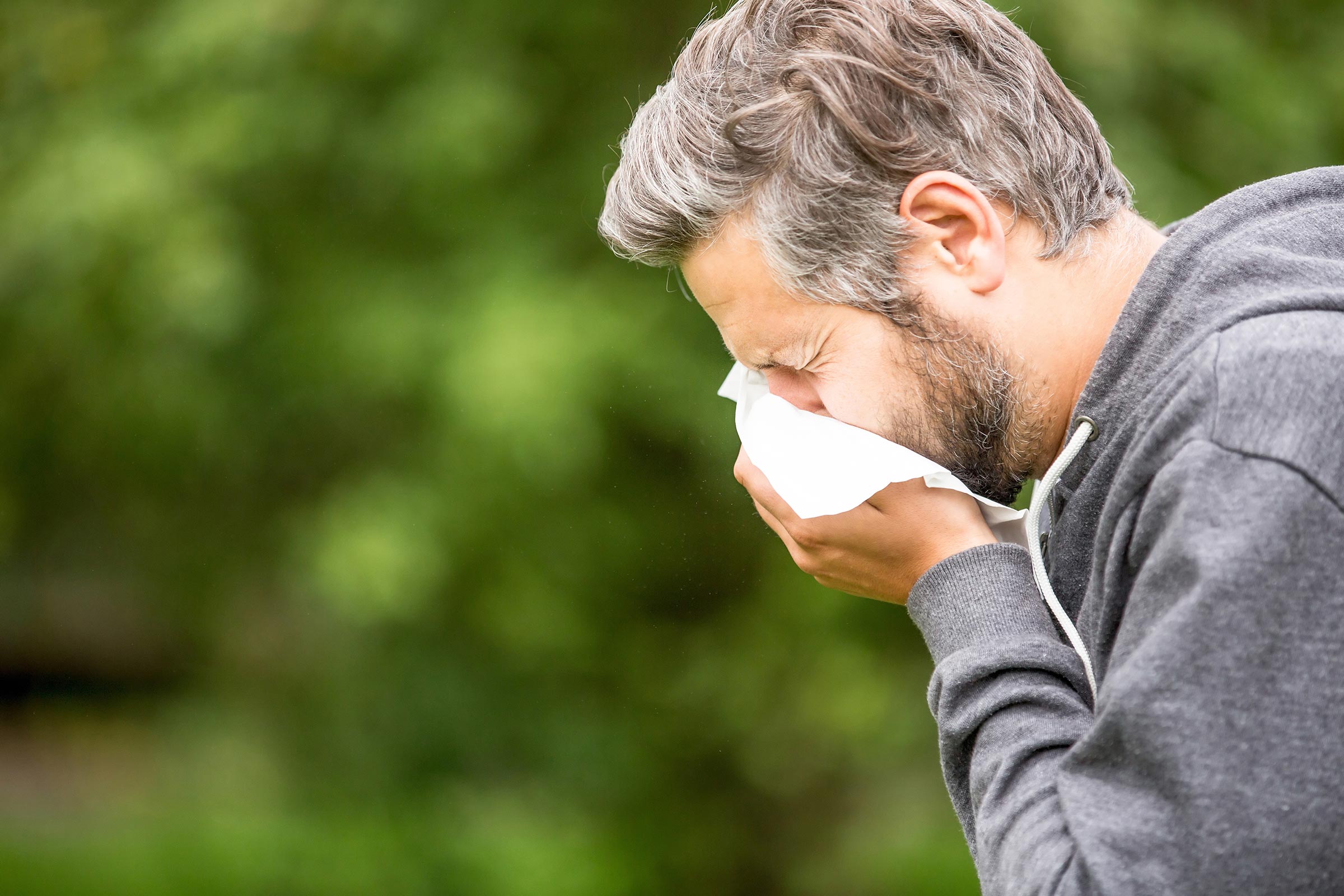According to the CDC, handling poultry (chicken and turkey) incorrectly and undercooking it are the most common problems that lead to foodborne disease outbreaks linked to poultry. These outbreaks increase every November and December due to improper food handling at holiday parties and dinners.
Follow these five tips to safely prepare your next holiday turkey meal:
- Thaw your turkey safely.
- In the refrigerator in a container, or
- In a leak-proof plastic bag in a sink of cold water (change the water every 30 minutes), or
- In the microwave, following manufacturer’s instructions
NEVER thaw your turkey by leaving it out on the counter. Bacteria can grow quickly if left out at room temperature for more than 2 hours. The danger zone for bacteria to grow is between 40 degrees F and 140 degrees F.
- Clean all surfaces that the turkey comes into contact with – including your hands! Raw poultry can contaminate anything it comes into contact with and the germs that cause food poisoning are stealthy — they can survive in many places and spread around your kitchen.
- Separate raw poultry from ready-to-eat foods by using different cutting boards, utensils and plates while preparing the meal, and by separating raw poultry from other foods in the refrigerator.
- Cook poultry to the right internal temperature. Place the turkey in a roasting pan that is at least 2″ to 2.5″ inches deep and set oven temperature to at least 325 degrees F. Cooking times will vary according to the weight of the turkey and whether it contains any stuffing. Use a food thermometer to be sure that the internal temperature of the turkey AND the stuffing is at least 165 degrees F. You cannot determine if a turkey is safely cooked by checking its color and texture. Check by inserting the food thermometer into the center of the stuffing and the thickest portions of the breast, thigh, wing joint. Even if your turkey has a pop-up thermometer, still use a meat thermometer to be absolutely certain that your turkey is safely cooked. Let the turkey stand for 20 minutes before removing the stuffing or carving the turkey so that it can finish cooking.
- Chill to the right temperature. Refrigerate leftovers as soon as possible and within 2 hours of preparation (within 1 hour of preparation if outside temperature is greater than 90 degrees) in order to prevent food poisoning. Slice or divide big cuts of meat into smaller quantities for refrigeration so they cool quickly. Reheat all leftovers to at least 165 degrees F.
Eat WELL!
Source: Centers for Disease Control and Prevention



